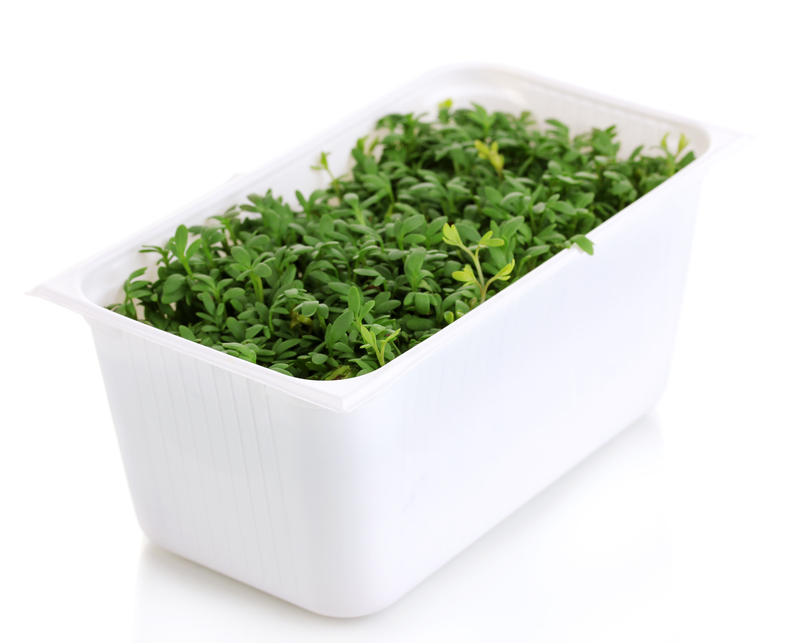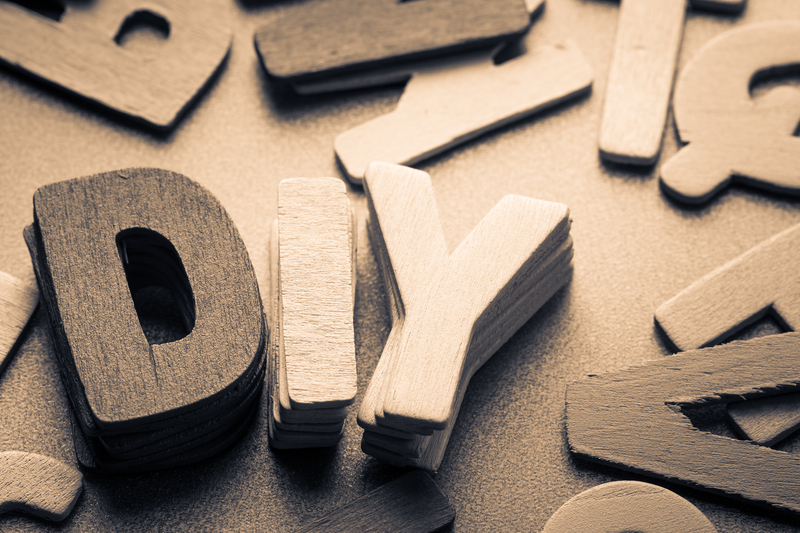Maintain Order: Practical Advice for Clutter Control After Decluttering
Decluttering is a liberating process. You spend considerable time sorting, donating, and discarding items, transforming your home into an organized oasis. But what happens once you've finished? Maintaining order can often become the toughest part of the journey toward a clutter-free home. Without an effective strategy for clutter control after decluttering, chaos can quickly creep back in. This comprehensive guide will show you how to sustain a tidy, organized environment and enjoy lasting tranquility.
Why Is Clutter Control Important After Decluttering?
Most people feel relief and satisfaction after a thorough decluttering session. However, without a maintenance plan, homes tend to revert to their previous disorganized state. Here's why post-decluttering organization is so crucial:
- Supports mental clarity: A cluttered environment contributes to stress and anxiety. Consistent clutter control enhances wellbeing.
- Saves time and effort: Regular maintenance prevents small messes from becoming daunting projects later.
- Protects your investment: You invested effort into decluttering; maintaining order ensures you continue to reap those rewards.

The Golden Rule: Everything Has a Home
The first and most fundamental rule for ongoing clutter control is: Every item should have a designated place. When items lack a home, clutter inevitably accumulates. Follow these steps to establish and retain order:
- Identify logical storage areas for frequently used items--for example, keys in a bowl by the entrance, chargers in a drawer near workspaces.
- Label storage spaces with words or pictures for clear guidance, especially in shared households.
- Keep high-use items accessible and store rarely used items out of the way to reduce surface clutter.
Daily Habits to Prevent Clutter Comeback
Consistent, small actions are the backbone of successful clutter management after decluttering. Integrate these daily routines into your lifestyle:
1. Practice the "One In, One Out" Rule
When you acquire a new item, commit to removing one similar item. This practice keeps possessions at a manageable level and discourages mindless accumulation.
2. Do a 5-Minute Reset Each Evening
Set a timer for just five minutes every night and restore your space. Return items to their rightful place, clear surfaces, and quickly scan for stray objects. This simple daily ritual prevents buildup.
3. Create Drop Zones--But Don't Let Them Overflow
Designate a specific spot for items that routinely enter your home (like mail, bags, and receipts). Regularly sort and clear these drop zones so they don't become clutter magnets.
Smart Organizational Tools for Sustained Order
Utilize organizational products wisely to maintain your newly decluttered environment. The right tools make it easier to stick with your clutter control system.
● Bins and Baskets
- Corral loose items in living rooms, entryways, and kids' rooms.
- Favor clear or labeled containers to quickly identify contents.
● Drawer Dividers and Trays
- Keep small objects separated and easy to find.
- Ideal for kitchen utensils, office supplies, and makeup.
● Shelving Systems
- Make the most of vertical space in closets, pantries, and garages.
- Use adjustable shelves for evolving storage needs.
● Hooks and Hangers
- Keep coats, bags, and accessories off the floor.
- Add hooks in bathrooms and bedrooms for towels and clothing.
Remember: Don't over-invest in storage products. Only purchase what fits your space and needs, and make sure they directly support your clutter control goals.
Decluttering Isn't One and Done: Set a Maintenance Schedule
Orderly homes require ongoing attention. To maintain clutter control after decluttering, adopt a recurring schedule for review and upkeep:
- Weekly: Tidy surfaces, empty bins, and reset high-use spaces like kitchens and bathrooms.
- Monthly: Check storage areas (closets, cabinets) for items that have drifted out of place or are no longer needed.
- Seasonally: Reevaluate wardrobes, decor, and toys--donate or discard what's no longer in use.
Tip: Mark these dates on your calendar and treat them as important commitments. Even 15 minutes a week can make a dramatic difference in preventing clutter relapse.
Clutter Control Strategies for Different Areas of the Home
Each room in your home presents unique challenges. Here's practical advice to maintain order in the spaces most susceptible to clutter:
Living Room
- Limit decor on surfaces: Keep coffee tables and shelves minimal.
- Establish a basket for remote controls, magazines, and chargers.
- Put away items after use to prevent pileups.
Kitchen
- Clear countertops daily for a tidy, spacious look.
- Assign drawers or shelves for utensils and gadgets.
- Regularly purge expired foods from pantries and refrigerators.
Bedroom
- Opt for closed storage like dressers and under-bed bins to reduce visual clutter.
- Hang up clothes or place them in hampers immediately instead of letting them accumulate on chairs or floors.
Closet
- Group clothing by category for easier selection and return.
- Store out-of-season garments separately.
- Adopt "one in, one out" for apparel, too.
Bathroom
- Use drawer caddies for toiletries.
- Regularly toss expired beauty or health products.
- Limit products to essentials for more manageable spaces.
Home Office
- File paperwork immediately
- Declutter your desk at the end of every workday.
- Categorize supplies so everything is easy to find.
Decluttered Home, Decluttered Mind: The Long-Term Payoff
When you maintain order after decluttering, both your environment and your mindset benefit immensely. Enjoy:
- Reduced stress and overwhelm
- Greater productivity and creativity
- Increased enjoyment of your living space
- Ease in hosting guests--no frantic pre-cleaning
Top Mistakes to Avoid When Maintaining Order
- Procrastinating small tasks: Putting off everyday tidying leads to clutter buildup. Small, regular actions are easier than marathon clean-ups.
- Overcomplicating storage solutions: Simple is best; you shouldn't need to perform gymnastics just to return an item.
- Letting drop zones overflow: Designated spots are only effective when regularly sorted.
- Ignoring unused items: If you haven't used it for a year, reconsider its place in your home.
Simple Mindset Shifts for Ongoing Clutter Control
Maintaining order after decluttering isn't just about physical strategies; it's also about adopting a new way of thinking about your possessions.
- Value space over stuff: Prioritize openness and freedom of movement rather than filling every inch.
- Be a gatekeeper: Before bringing something new home, ask yourself if you truly need or love it.
- Let go of "just in case" thinking: Trust that you have enough, and release items kept only out of habit or fear.
Maintaining Order with Multiple Household Members
Clutter control can be trickier in multi-person households, but shared responsibility makes a difference. Use these strategies:
- Schedule family declutter sessions to review shared spaces each month.
- Assign specific roles (such as "mail sorter" or "toy organizer") to encourage accountability.
- Communicate openly with housemates or partners about expectations for tidiness.
- Celebrate small successes to motivate ongoing participation.

When to Seek Additional Decluttering Help
If clutter creeps back repeatedly despite your efforts, consider:
- Hiring a professional organizer for fresh eyes and expert advice.
- Enlisting friends or family for a declutter day or maintenance check-in.
- Utilizing apps or checklists that send reminders and track progress.
Conclusion - Embrace Lasting Clutter Control
Achieving a clutter-free home is a remarkable accomplishment, but sustaining it is where true transformation lies. By intentionally developing clutter control habits after decluttering, assigning homes for every item, and routinely reassessing your belongings, you pave the way to an orderly, peaceful environment. Remember, maintaining order is not a one-off achievement, but a continuous journey. The rewards--mental clarity, stress reduction, and a more enjoyable living space--are absolutely worth the effort.
Start with a few small changes today, and watch as your clutter-free lifestyle becomes second nature. For more actionable tips, bookmark this guide and return when you need a refresher on practical advice for post-decluttering organization.